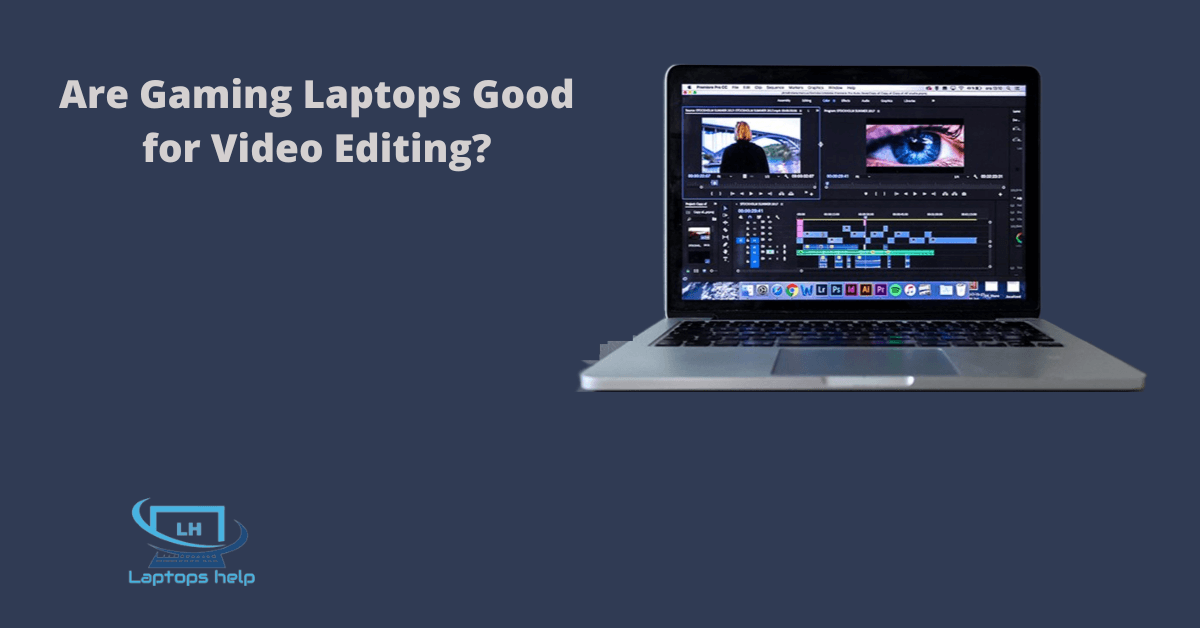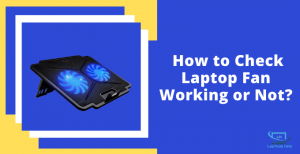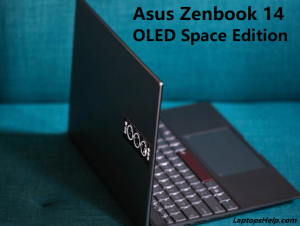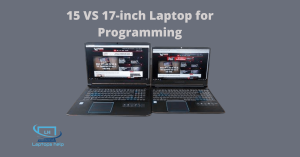Video editing and Graphic designing are pretty challenging tasks, and only a powerful gaming laptop with hardcore specs and robust hardware can meet these requirements.
Are Gaming Laptops Good for Video Editing?
Yes, gaming laptops can be great for video editing, but when choosing, consider these essential factors!
What to consider when choosing a gaming laptop for video editing?
Let’s look at the essential factors of a gaming laptop suitable for video editing and graphics designing.
1. CPU
The CPU provides processing power to the laptop while performing the task. Without a good processor, you will struggle with a slow and sluggish editing experience.
A multi-core CPU will be best for editing. Modern editing software like Filmora, Final Cut Pro, Adobe Premiere, and Sony Vegas take advantage of more CPU cores and hyperthreading. Minimum to choose at negligibly a quad-core CPU.
In general, most editing software relies on the CPU, not the GPU, with some exceptions, such as DaVinci Resolve, which depends only on the GPU. Minimum specs in the CPU section should be Intel Core i5 10th Gen or higher.
2. GPU
GPUs are the heart of gaming laptops, but as mentioned above, only a handful of software programs take advantage of GPUs. However, it would also be wrong to say that other programs use only the CPU for all tasks.
It depends on the type of work you do. For example, if you use Adobe After Effects to add significant amounts of visual effects to your video or work with 3D modeling and compositing software, you need a powerful GPU to render these projects.
Also, some software, such as Adobe Premiere Pro, utilizes Nvidia’s CUDA acceleration and AMD’s OpenCL to render scenes. They use the GPU to do that. Consider all of these things before buying a laptop. You should have at least Nvidia GTX 1060Ti or better.
3. Screen
The screen will be critical in choosing a gaming laptop for video editing. Of course, it depends on the quality you want to create, but the higher the screen quality, the easier the job will be. This setting may be less critical if you’re primarily editing with an external monitor connected to your laptop.
For example, an accurate color grading screen improves the result. Multiple screen options are available, including OLED and Mini LED for laptops. Still, most models designed with gaming in mind have high refresh rate IPS or similar panels.
These are not inherently bad and can be very good. It depends on the specific panel. High-quality panels increase the cost of a laptop, so you should check reviews on-screen specifications such as color gamut, color accuracy, brightness, and contrast.
Screens are one of the areas where cheap gaming laptops save money. You can edit video with a cheap entry-level gaming laptop, but don’t expect fantastic screen quality.
Some gaming laptops have a 4K 60Hz screen with 1080p 144Hz that offers extremely color gamut and brightness but may have a lower color gamut. Of course, the latter is better for gaming, so it’s a trade-off you have to decide based on which workload is more important to you.
4. RAM
RAM, also known as memory, is a temporary storage machine that stores data for easier and faster work. This is a volatile storage device. In other words, closing any running programs or shutting down the laptop destroys everything stored in it.
RAM works, for example, when you open your favorite editing program, load a 4k video file into the timeline, scrub the timeline, work with plugins, and preview 45 seconds of edited clips. All data and information are instantly written/read to RAM, providing a smoother experience while working on your laptop.
You should minimum have 8GB to 16GB RAM; however, if you are a high-end video editor and have a powerful gaming laptop like Asus ROG Zephyrus g15, you must have 32GB for a smooth experience.
8GB RAM can handle 1080 quality projects without running background applications. On the other hand, the 16GB RAM laptop can take 2k projects with some programs running simultaneously.
5. Storage
Storage space is also an essential component of video editing. Unlike RAM, storage devices permanently store data unless the user (user) deletes the data. Logged data is permanent and is not deleted when the system is shut down. For without leg editing, you should go for 512GB SSD storage.
Frequently Asked Questions
Are gaming laptops good for graphic design and video editing?
So, if you have a high-performance cooling system, this is a real advantage. Our experts recommend using a gaming laptop for graphic design, animation, and video editing.
What is the difference between a gaming laptop and an editing laptop?
Gaming laptops require a lot of GPU power, not CPU power. So, a mid-range gaming laptop struggle with video editing in 4k but can play 4k games just fine. GPU is essential for video editing, but it is even more critical to have a high-performance CPU for your laptop to function fully.
Which laptop is best for Adobe Premiere Pro?
Most 2-in-1 Laptops are the best for graphic designing and video editing and Adobe Premiere Pro. A laptop like Microsoft Surface Book is a tablet, and a computer is also a great choice. ASUS ROG Zephyrus G14 can absorb heat and moist for residents of extreme climates sure. For light packaging users: The Dell XPS 15 is lightweight and has vivid colors. For the adventurous: The MSI WS65 9TM has military-grade durability.
How much RAM do I need to edit the 4K video?
For 4K editing, a minimum of 16 GB of RAM is adequate. This increases to at least 32 GB or more. Data must be accessed quickly from the CPU and RAM, so storage speed is essential.
Is an SSD or HDD best for video editing?
Both SSD and HDD drives are helpful for video editors. SSDs are more expensive but faster and improve video editing and playback performance. Large-capacity HDDs are slow but inexpensive, making them ideal for archiving finished video projects.
Is 512GB enough for video editing?
A 512GB SSD is plenty of space for video editing. The 512GB SSD is perfect for video editing applications such as Adobe Premiere Pro, Final Cut Pro X, and Coral Video Studio. When buying a 512GB SSD, remember that video files cannot be stored on an internal disk.




